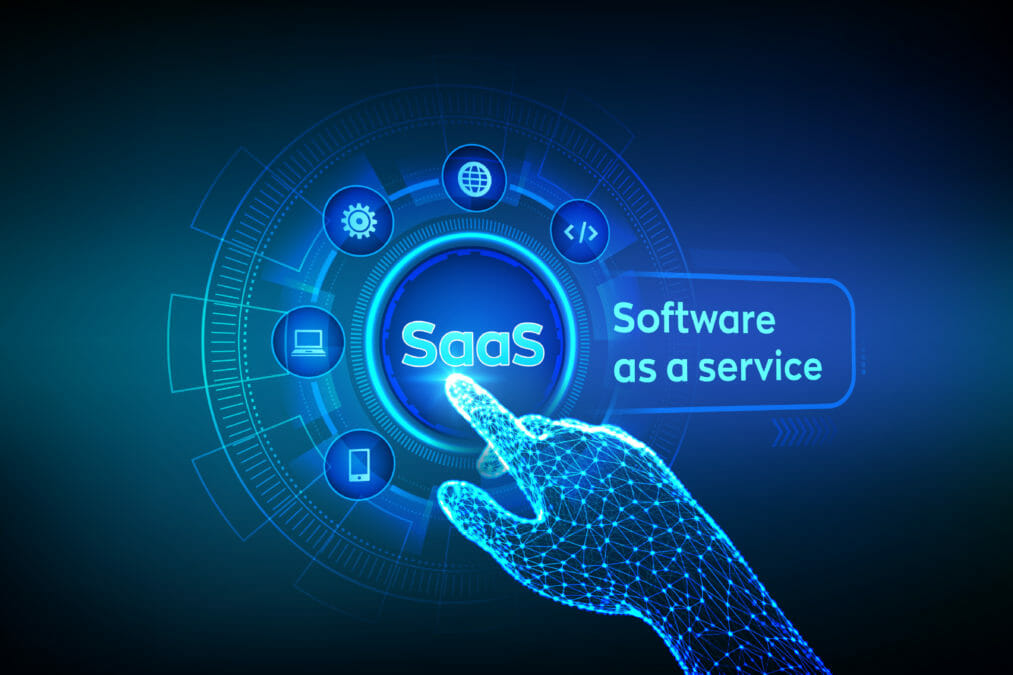2020 has been a year of stark contrasts for many businesses. This is especially true for the SaaS industry, which has seen unprecedented highs and lows over the last 12 months.
Many of us will remember how quickly Coronavirus shifted from a far-off problem, something followed passively on the news, to a central fact of life that threatened both our health and that of our businesses. With the outbreak gathering pace globally in February and March, the economic consequences became clear and businesses started looking for non-essential costs that could be cut. The result? March 2020 became the biggest ever month for customer churn in the history of SaaS. More than 95% of revenue leaders surveyed said their business was affected by Covid-19 in March, while the vast majority had already begun to reduce their forecasts for 2020 by 25–50%.
At the same time, the SaaS industry has also seen record highs as demand surged. As businesses and consumers moved online in their droves, they turned in their millions to a new raft of digital tools and services that would allow them to work from home and stay connected. This led to truly meteoric growth for some existing SaaS providers and a proliferation of new companies that burst onto the scene.
Overall, the SaaS ecosystem will end 2020 much bigger and more mature than it would have been without the pandemic, and the industry will continue to improve and evolve next year. However, there are some home truths that SaaS companies should learn from March’s record spike in churn as we head into 2021; a year that is likely to see even more opportunity, and competition, than we have experienced in 2020.
How to start a SaaS business in 8 steps
Understanding customer churn
With the outlook for 2021 still unclear, SaaS businesses must remember how quickly the landscape shifted in March 2020. However strong sales have been recently, they cannot take their existing customer base for granted or assume that new customers will stick around if the months ahead see the same kind of rapid change that we witnessed in 2020. Instead, they should implement new churn reduction strategies in the short and long-term to protect their revenue streams down the line.
Put simply, there are two types of churn for SaaS businesses, and two stages when it happens.
Voluntary, or “active” churn is when a customer chooses to cancel their subscription with a business. Involuntary, or “passive” churn comes from subscriptions being cancelled due to accidental reasons, like failed payments. Typically, you would expect 20-40% of churn to be involuntary, and most of that will be coming from card payment users, where a payment fails because customers haven’t been charged successfully. This is positive, because it means you can put in place measures for better payment acceptance to stop involuntary churn happening. However, because of the Covid crisis, and the higher number of companies competing for the same amount of customers, it’s likely that the percentage of voluntary churn will be higher in 2021, as customers shop around for a better deal.
At Paddle, we talk to around 200 new software companies a month, as well as our 2,000 existing customers when advising them on how to sell into over 200 countries across the world. Therefore, we’ve seen first-hand the impact churn reduction strategies can have on a software business’s growth. Even small improvements can add up to a much better monthly performance: moving from 3% monthly churn to 2% monthly churn can translate into 9% less ARR (annual recurring revenue) churn in 12 months – essentially, giving you another month’s worth of revenue.
Exploring the growing use of IT in B2B customer experience projects
Avoiding churn in 2021
It is imperative SaaS businesses develop a solid churn reduction strategy, with clear goals for both the pre-churn and post-churn stages.
Pre-churn, by which we mean before the customer churns, businesses must be focused on ways to keep users happy and active. This could be through making the onboarding process as smooth as possible by creating offers in the first week of a user’s activation; or re-engaging long-standing but inactive customers by building engagement plans and re-communicating the business’ value. Happy and active customers have less of a reason to cancel their subscription and look elsewhere. Equally, practicing good payment acceptance will prevent any “passive” churn from failed payments. This could be achieved by running payments through alternative payment methods which have a direct source of funds, charging payments in local currencies, or prompting and updating customers on expiring cards.
Post-churn, businesses should focus on persuading customers that are thinking of cancelling to step back from the brink. Instead of letting customers cancel immediately, a dialogue should be created around their needs. For instance, when a customer clicks the “cancel” button, routing the process to a customer support team who can restate the business’ value proposition, capture the cancellation reasons, and even make an offer to stay, like pausing the subscription for 30 days or offering a percentage off a monthly subscription. Adding just a little friction into the cancellation process will give a business a better chance to keep customers. At the very least it will give you a chance to learn more about the most common reasons for customers leaving.
Transforming customer banking experiences with AI and machine learning
A competitive advantage
The outbreak of Covid-19 led to the biggest instance of simultaneous “active” churn amongst SaaS businesses in years. While this was unusual, it demonstrates why SaaS companies cannot rest on their laurels when it comes to their customer base, and why they must work tirelessly to deploy and optimise churn reduction strategies to keep their customers happy and not give them a reason to cut them from their budget spend, or look elsewhere for a better provider. As the SaaS ecosystem continues to mature and new players disrupt the market, particularly small-medium sized SaaS companies, turning churn reduction into a true competitive advantage could be invaluable. By contrast, those providers that don’t learn the lessons of 2020 risk losing their hard-earned revenue gains in the event of any future crises.











